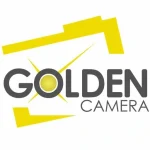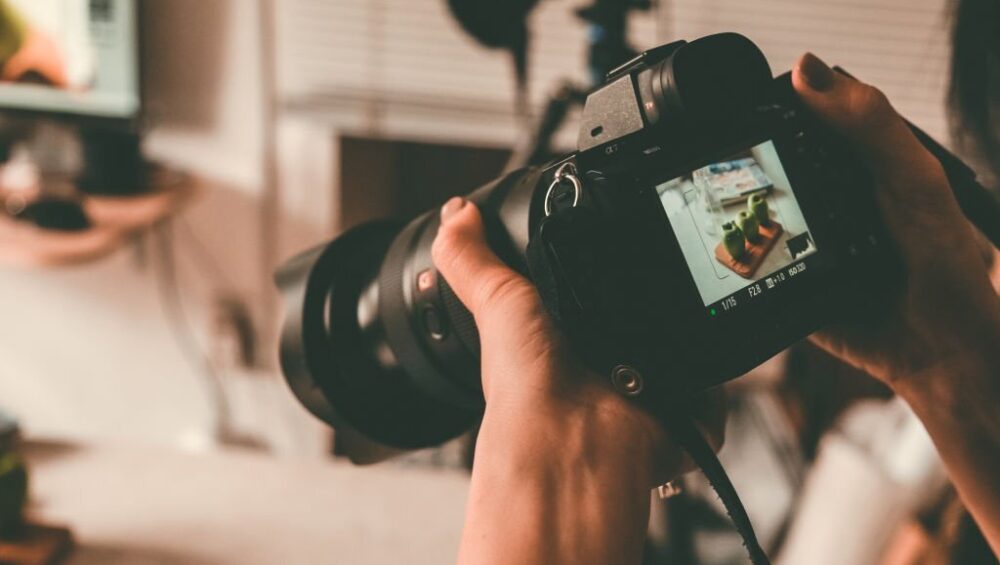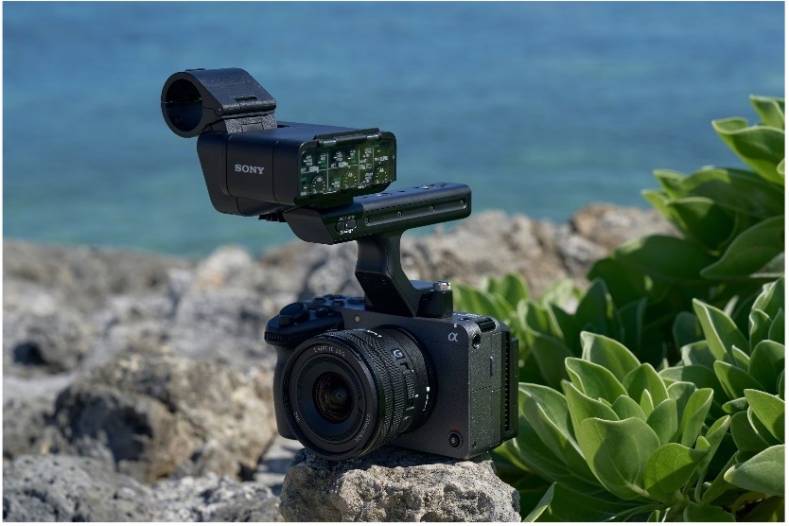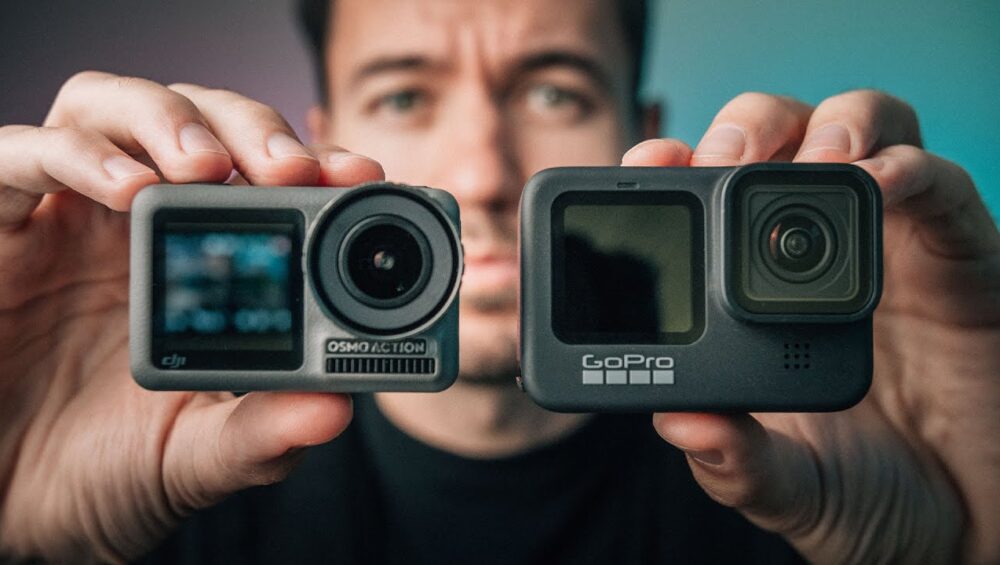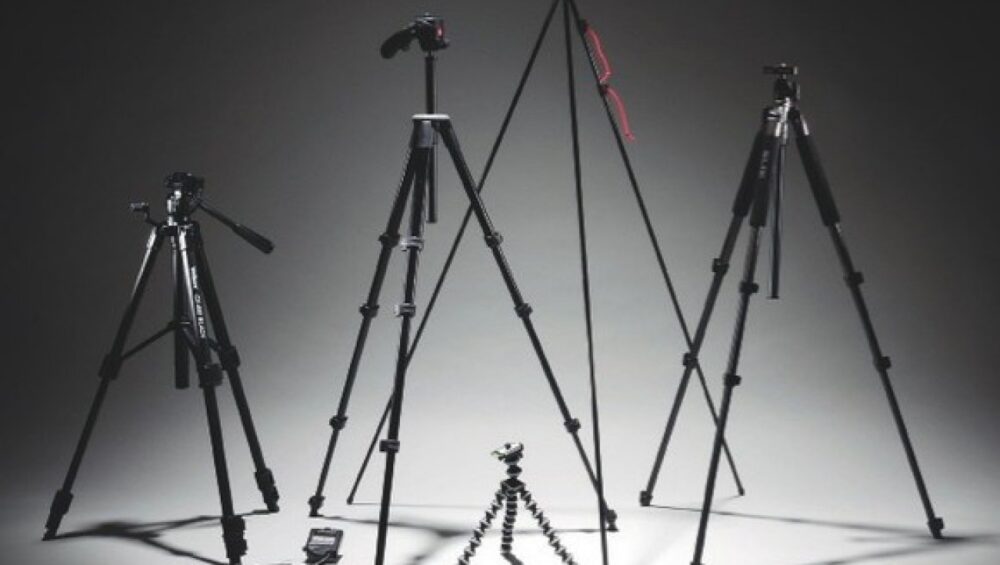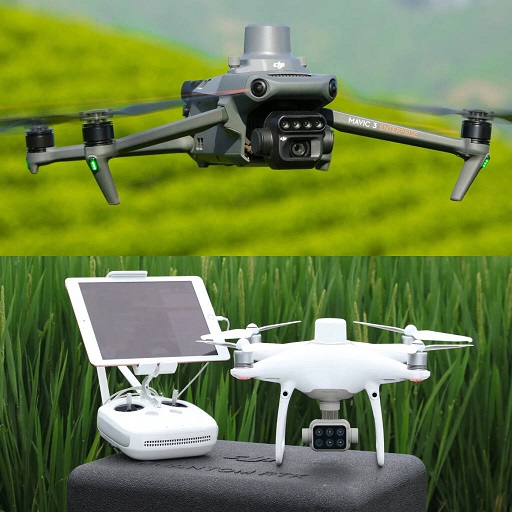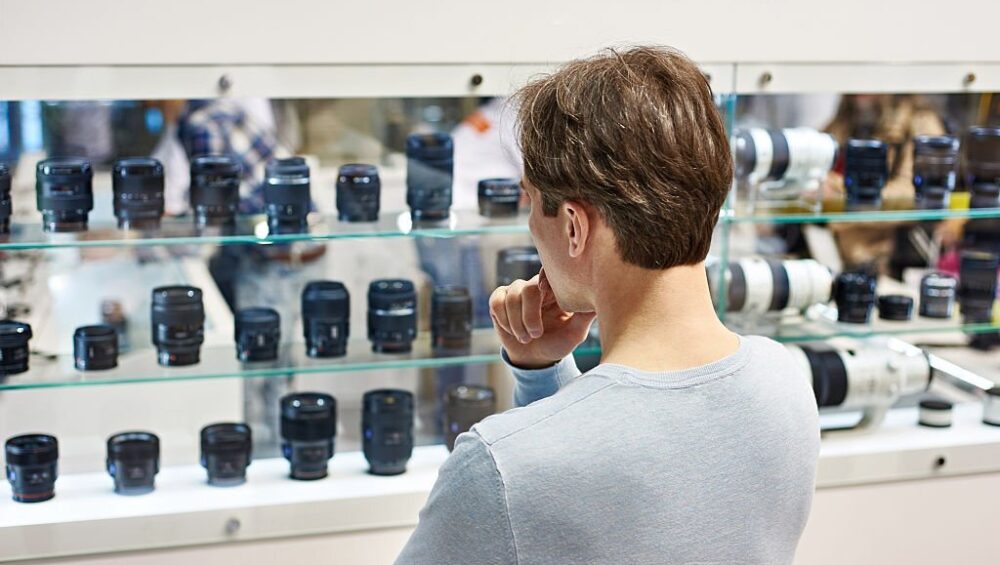
The Ultimate Camera Buying Guide: How To Choose The Perfect Camera For Your Needs
Congratulations on beginning your journey to elevate your photography passion with a professional camera. The process of selecting the perfect camera for your needs might seem a challenging task amidst the sea of options available. Fear not, as this comprehensive camera buying guide for beginners is here to unravel the mystery and help you find the camera that perfectly complements your unique photography style and aspirations. Let’s have a look at some of the popular photography styles along with the cameras that suit them the best.
Landscape Photography: Embracing Nature’s Beauty
When it comes to landscape photography, dynamic range is of utmost importance. Cameras with excellent dynamic range can retain details in both highlights and shadows so that photographers can capture stunning landscapes with a broad range of tones. Moreover, in-camera image stabilization can benefit handheld shooting in low-light conditions or when using longer focal-length lenses. A lightweight and weatherproof camera allows for effortless exploration of outdoor wonders. Emphasize high resolution and a wide-angle lens to capture intricate details and breathtaking vistas.
Fashion Photography: Unleashing Creativity
Fashion photographers often work with studio lighting setups, so a camera with wireless flash capabilities or external flash compatibility is advantageous. Tethering options to connect the camera to a computer for real-time image review and control are valuable tools for fashion shoots. This type of photography requires precision and artistic flair. Opt for a camera with a shallow depth of field and high shutter speed to accentuate subjects and blur backgrounds. Full-frame or cropped sensors are ideal for fashion photography, with APS-C sensors offering a practical alternative.
Underwater Photography: Immersing In Aquatic Wonders
Underwater photography requires specialized gear. When wondering how to choose the perfect camera for your needs, you have to look for waterproof cameras or those compatible with waterproof housings. Cameras with excellent low-light performance and high ISO range are advantageous for deepwater adventures. Fast burst rates and buffer capacity ensure you capture swift marine movements flawlessly. Moreover, underwater photographers often use flash units to illuminate subjects and reveal the vibrant colors beneath the surface. A camera with a wide range of white balance adjustments is beneficial for correcting color casts caused by water filtering.
Portrait Photography: Portraying The Essence
Portraits are all about capturing emotions and details. Opt for a camera with exceptional resolution and image quality to achieve stunning results. A higher megapixel count is advantageous, but make sure it aligns with your lens capabilities. Consider a camera with interchangeable lenses for flexibility in indoor and outdoor portrait sessions. For indoor shoots, look for a hot shoe attachment to accommodate wireless flash units, while outdoor shoots require portability for ease of movement.
Portrait photographers often rely on creating a shallow depth of field to emphasize the subject, blurring the background. Full-frame or cropped sensors are well-suited for this genre, balancing image quality and portability. Shooting in RAW format provides greater flexibility during post-processing, offering more margin for detailed adjustments without compromising image quality.
Street Photography: Unveiling Urban Stories
Street photographers benefit from compact and inconspicuous camera designs, allowing them to blend into urban environments without drawing excessive attention. Articulating LCD screens or tilt screens can aid in capturing unique angles and candid shots without contorting into uncomfortable positions. Low-light performance is paramount for street photography, especially during nocturnal adventures. Prioritize cameras with a high ISO range and minimal noise for exceptional night shots. Rangefinder cameras offer unique focusing advantages, while image stabilization elevates image quality.
Astrophotography: Gazing At The Cosmos
Astrophotography demands prowess in low-light conditions. Choose a camera with a high ISO range and a fast wide-angle lens to capture mesmerizing night sky shots. The inclusion of an intervalometer adds versatility to your astrophotography endeavors. For astrophotography, cameras with full-frame sensors are favored for capturing more light and producing less noise in low-light situations. Long exposure capabilities are required for capturing the night sky and celestial events, so a camera with bulb mode and manual exposure control is essential.
Macro Photography: Revealing Miniature Worlds
Macro enthusiasts require intricate details and creativity. Opt for cameras with high megapixel counts and built-in macro modes for captivating close-ups. Focus on resolution to add depth and dimension to your macro masterpieces. Macro photography demands precise focusing, so a camera with an advanced autofocus system and focus-peaking capabilities can significantly improve the photographer’s experience. A sturdy tripod is essential for steady shots and to avoid camera shaking during close-up work.
Wildlife Photography: Connecting With Nature
Wildlife photography demands patience and precision. Choose a camera with burst mode capabilities, providing swift continuous shooting (12 fps for DSLRs or 20 fps for mirrorless). An advanced auto-focus system excels at tracking fast-moving subjects, even in dim lighting, so you never miss the perfect shot.
Wildlife photographers often work in challenging environments, so a camera with weather-sealing and rugged construction is an advantage. Long battery life and dual memory card slots are practical features for extended outdoor shoots. Silent shooting modes, commonly found in mirrorless cameras, help minimize disturbances when photographing skittish wildlife.
Architecture Photography: Celebrating Structural Beauty
Indoor and outdoor architecture photography calls for different considerations. For indoor shoots, prioritize cameras with excellent low-light performance, a high ISO range, and fast lenses. On the other hand, opt for portability and lightweight features for the outdoors to capture architectural wonders effortlessly.
Architectural photographers often employ tilt-shift lenses to correct for perspective distortion and achieve accurate vertical lines. A camera with a high-resolution electronic viewfinder or a fully articulated LCD screen is beneficial for composing shots from various angles, especially when photographing tall buildings.
Sports Photography: Capturing The Action
For sports photographers, choosing a camera with a high frame rate is essential so that they can capture multiple frames per second during fast-paced action. Advanced autofocus systems with precise subject-tracking capabilities are needed for maintaining a sharp focus on athletes or moving subjects. Image stabilization, whether in-camera or within the lens, helps produce blur-free images, especially when using telephoto lenses.
Sports photography demands agility and quickness. Prioritize a camera with a fast burst rate (fps) to capture rapid movements seamlessly. A generous buffer provides continuous shooting without sacrificing image clarity. Reliable auto-focus and image stabilization are required for nailing those dynamic shots, even in challenging lighting conditions.
Wrapping Up
Embrace the exciting journey of finding the camera that amplifies your creative expression and photographic prowess. You can make an informed choice by understanding your unique style and requirements. For genuine and authentic devices, trust Golden Camera, one of Pakistan’s best camera and photography equipment shops. Explore our extensive collection and immerse yourself in the captivating world of photography. Whether you’re seeking a DSLR camera or a mirrorless marvel, Golden Camera is your trusted ally. You can look for a Canon camera price in Pakistan or any other camera that you prefer and shop for it through our platform effortlessly. Let your photographic potential soar! Happy capturing!

